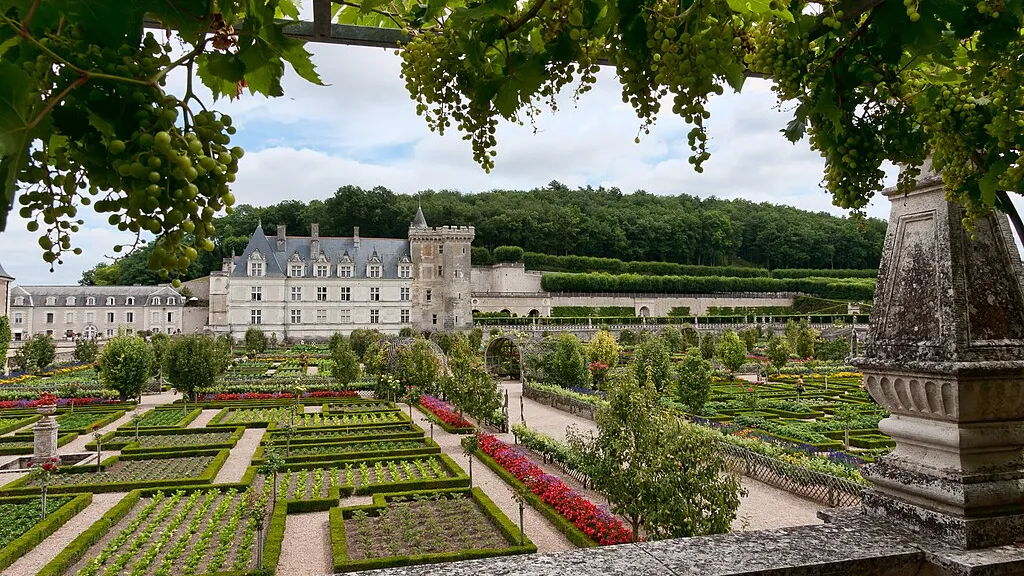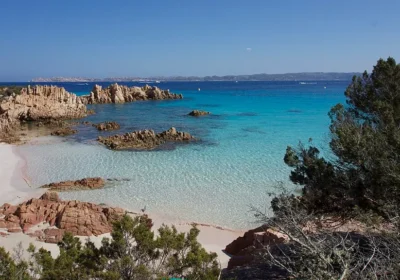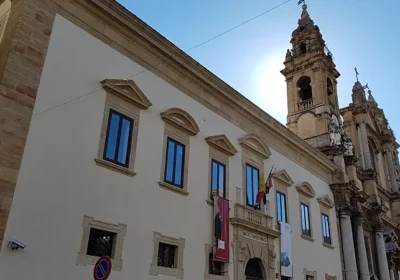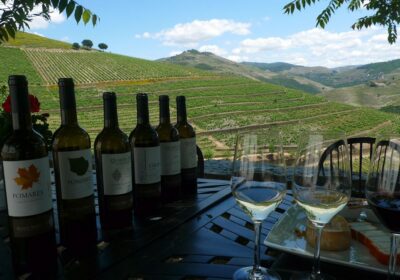Vilandri. Europe’s only complex of parks and gardens including philosophical gardens, love gardens, heraldic and vegetable gardens…. They are arranged on three levels: the upper – the water surface of ponds, the middle – musical instruments and love feelings, the lower – garlands of colorful vegetables… In addition to this – a labyrinth, a garden of healing herbs, magnificent centuries-old alleys …
Nothing equal in harmony and beauty! Before you is a masterpiece of the French park, in our opinion entering, if not leading the three most beautiful parks in France. The castle, although it has preserved the medieval donjon (French: donjon – tower), was built in the XVI century. One of the largest castles of the Renaissance.
Lange. The castle was founded at the end of the X century. The ruins of the central tower preserved in the park are the oldest donjon in France – X century. The “modern” castle was built at the end of the XV century. It is worth thinking that there is the same distance in time between us and the castle as between the castle and the donjon. Here was held the wedding of the French king Charles VIII, who refused his bride, the daughter of Emperor Maximilian and can be said to have kidnapped his bride – 12-year-old Anne of Breton, who became Queen of France. The furnished ceremonial apartments tell the story of this era. In the wedding hall of the castle 15 life-size wax figures in appropriate costumes play out the scene of the famous wedding. The castle is cozy and harmonious. In it you can stroll along the sentinel galleries, admire the views of the Loire and the city, all cut through the canals, drowning in a mosaic of colors, preserved houses XIV-XV centuries.
Lhuigny. This castle has always been inhabited for 1000 years of its history. From the XII century, a powerful fortress with towers, inside which were built living quarters XV and XVII centuries. All this has been preserved in its original form. Charles Albert de Lhuigny was a favorite of King Louis XIII in the early 17th century. Thanks to royal favor, he acquired the chateau in 1619. His wife, Marie de Rohan, is the famous Duchesse de Chevreuse in A. Dumas’s novel “The Three Musketeers”. A beautiful schemer, she participated all her life in conspiracies against the French monarchy, Cardinals Richelieu and Mazarini. Four months after the death of her husband, she married the Duc de Chevreuse, uniting two of the wealthiest families in France. Often French kings came to visit the owners of the castle: Philip IV the Beautiful and Louis XI, Catherine de Medici and Louis XIII. Today we can visit the private apartments of the XIIth Duke of Lhuigny, which has been open to the public since 1996 only from Easter through October. Even today, when the Lhuigny family lives in winter, during the hunting seasons, royalty come to visit the chateau. Liuigny is a powerful medieval castle, in the unique halls of which you will find rare interiors and busts of Liuigny ancestors – ministers, mentors of kings, members of the Frankmasonic lodge, political figures…
Tours is one of the oldest cities in France. Medieval squares, renaissance mansions, remains of Roman buildings. This city is associated with the blossoming of European culture in the IX century, for this city there is a struggle between the English and French crown, here stops Joan of Arc, French and English kings, here is its own Bartholomew’s night, 10 years earlier than the Parisian. Today it is a picturesque city with the oldest central square in France. The medieval part harmonizes with the XVII, XVIII and XIX centuries. The city is located on the two banks of the Loire.
Husset. Hardly the most beautiful of the Loire castles. It was built during the Renaissance. Charles Perrault visited here, some of his fairy tales and stories were born here. The chateau is private. Dwellings of troglodytes (Dr.-Greek τρωγλοδύτης – “living in a cave”). People have been living in the rocks along the banks of the Loire and the Schera for 20 million years. This is evidenced by the dwellings and castles in the caves, some of which are protected by the state as valuable architectural monuments. Don’t be surprised if you see windows cut in the rock with glass windows worthy of palaces and colonnades. A number of other castles are on the road, passing through.
A visit to Château Liouigny is only possible from Easter to October, when the owners do not live in the château.

















